|


256-bit encryption
$500,000 protection

|
USS WAHOO (SS-238)
For the Wahoo
submarine SS-565, please click
here.
USS Wahoo was a Gato-class submarine. The 312-foot submarine operated at a maximum depth of 300 feet and
could remain submerged for two days. The submarine had a patrol endurance of 75 days and a cruising range
of 11,000 miles. Maximum speed
was 20.25 knots on the
surface and 8.75 knots when submerged.
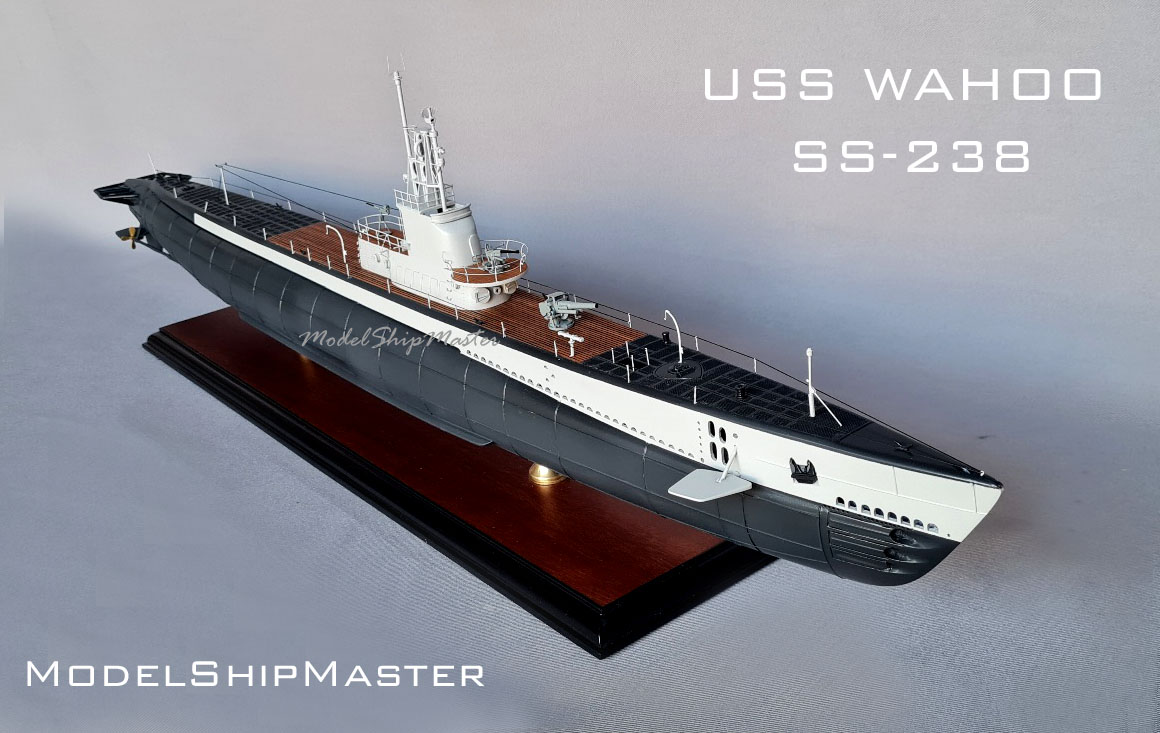
Commissioned on May 15, 1942, the USS Wahoo was assigned
to the Pacific theatre. She gained fame as an aggressive
and highly successful submarine after Lieutenant
Commander Dudley Walker "Mush" Morton became her
skipper.
On 10 December 1942, while making her return trip to her
assigned area of operations, USS Wahoo encountered an enemy
convoy escorted by a destroyer. Wahoo fired a spread of
four torpedoes at the largest tanker Kamoi Maru scoring
three hits, which eventually sank the ship a few hours
later. After the successful attack, the enemy destroyer
made way towards submarine Wahoo and dropped over 40 depth charges
which only caused minor damage to the submarine.

On 31 December, Lieutenant Commander Dudley W. “Mush”
Morton took command of USS Wahoo. Morton served as executive
officer for Wahoo’s first two war patrols. Before
departing on the boat’s third war patrol, Morton gave a
rousing pep talk to the crew. “Wahoo is expendable. We
will take every reasonable precaution, but our mission
is to sink enemy shipping. . . . Now, if anyone doesn't
want to go along under these conditions, just see the
yeoman. I am giving him verbal authority now to transfer
anyone who is not a volunteer. . . . Nothing will ever
be said about you remaining in Brisbane.” Not one member
of the crew asked for a transfer. Morton was considered
an innovative leader and one of his initiatives was to
have his executive officer, Lt. Dick O’Kane, man the
periscope. Few captains had enough faith in a junior
officer to operate the periscope, but Morton saw
something in O’Kane. Later in the war, O’Kane would
receive the Medal of Honor for his leadership as
commander of USS Tang (SS-306).
On 16 January 1943, USS Wahoo submarine was underway on her third
war patrol with her escort, USS Patterson,
headed for a Japanese supply base on the north coast of
New Guinea. Their mission was to recon Wewak,
but Wahoo had no charts of the harbor. Luckily, a member
of the crew had bought a cheap atlas while they were in
Australia. It had a map of New Guinea with a small
indentation labeled Wewak. With that as a reference,
Morton began to make plans for the mission, but to the
amazement of the crew, Morton’s interpretation of recon
meant destroy any enemy ship they could find. On 24
January, USS Wahoo spotted a destroyer with submarines
around it. Morton fired three torpedoes on the
destroyer, but they missed. Wahoo watched as the
destroyer headed its way, and at dangerously close
range, she fired another torpedo that broke the enemy
ship in half. A few days later, USS Wahoo encountered
another convoy and sank Buyo Maru, Fukuei Maru, and an
unknown maru. On 7 February, Wahoo arrived at Pearl
Harbor to a hero’s welcome. Morton was nicknamed “The
One-Boat Wolf Pack.” He received the Navy Cross,
and General of the Army Douglas MacArthur presented to
him the Army Distinguished Service Cross.
On 23 February, USS Wahoo was underway for her fourth
war patrol to an area never before patrolled by United
States submarines—the extreme northern reaches of the
Yellow Sea. The trip was unique in that Wahoo did not
see a single aircraft thus making the entire trip on the
surface. Later in the patrol, combat operations
commenced on 19 March when Wahoo sank Japanese
freighter Zogen Maru. Four hours later, the submarine
spotted Kowa Maru and fired, but Wahoo’s torpedoes was
defective. While patrolling off the Korean coast on 21
March, Wahoo sent freighter Hozen Maru to the ocean’s
floor and four hours later destroyed Nittsu Maru. Wahoo went
on to sink four more enemy vessels to conclude the
patrol.
|
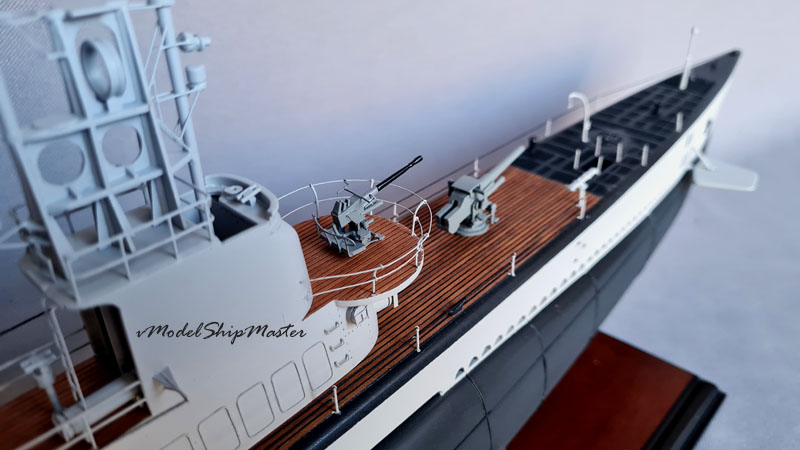 |
Wahoo’s fifth war patrol was again hailed as outstanding
in aggressiveness and efficiency. In just 10 days, USS
Wahoo launched 10 torpedo attacks on eight different
targets. Wahoo sank a total of 93,281 tons of shipping
and damaged 30,880 more in only 25 days of the patrol.
The patrol was Morton’s third as commander of the
boat establishing a record not only in damage inflicted
on the enemy for three successive patrols, but also for
accomplishing this feat in the shortest time. Morton
received a gold star, in lieu of a second Navy Cross,
from Commander in Chief of the Pacific Fleet
Admiral Chester W. Nimitz.
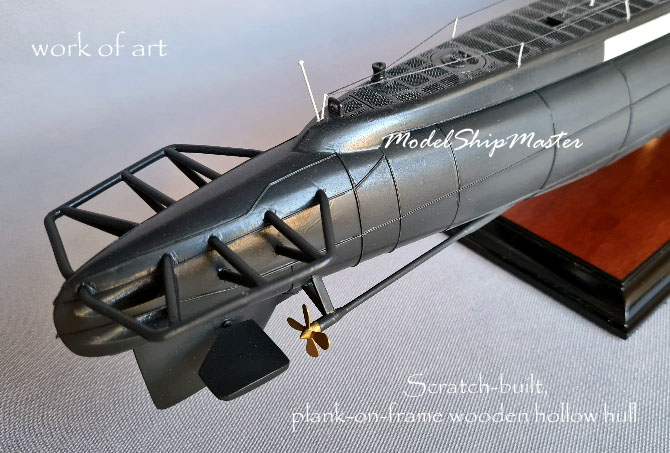 |
After intensive post-repair trials and
training, Wahoo departed on her sixth war patrol. The
patrol’s beginnings were marked by the worst possible
luck with torpedoes. Within four days, 12 Japanese
vessels were sighted and nine were hunted down and
attacked to no avail. The torpedoes either broached,
made erratic runs, or were just duds. Morton reported
their poor performance and was ordered to return to
base.
Morton was profoundly upset about the last patrol. He
requested return to the Sea of Japan, and it was
granted. On 9 September, Wahoo was underway from Pearl
Harbor to La Perouse Strait. Once the legendary boat
reached its destination, the plan was for Wahoo to enter
the Sea of Japan first accompanied
by USS Sawfish (SS-276). On 21 October, Wahoo was to
head for home, but nothing was ever heard from Morton
or Wahoo again. According to Japanese military records,
Morton sank four ships amounting to about 13,000 tons on
their final patrol. Japanese records also reported on 11
October that an antisubmarine aircraft discovered a
surfaced submarine and attacked, dropping three depth
charges. |
The loss of Morton sent shock waves among the submarine
force and triggered a change tactics in the Sea of
Japan. It would not be until June 1945 when submarines
would return and that was with special mine detecting
equipment.
In postwar
accounting, “Mush” Morton sank 19 ships for
approximately 55,000 tons of enemy shipping. In terms of
individual ships sunk, he was one of the top three
skippers of the war. Morton received another Navy Cross
posthumously. USS Wahoo earned six battle stars for
her World War II service.
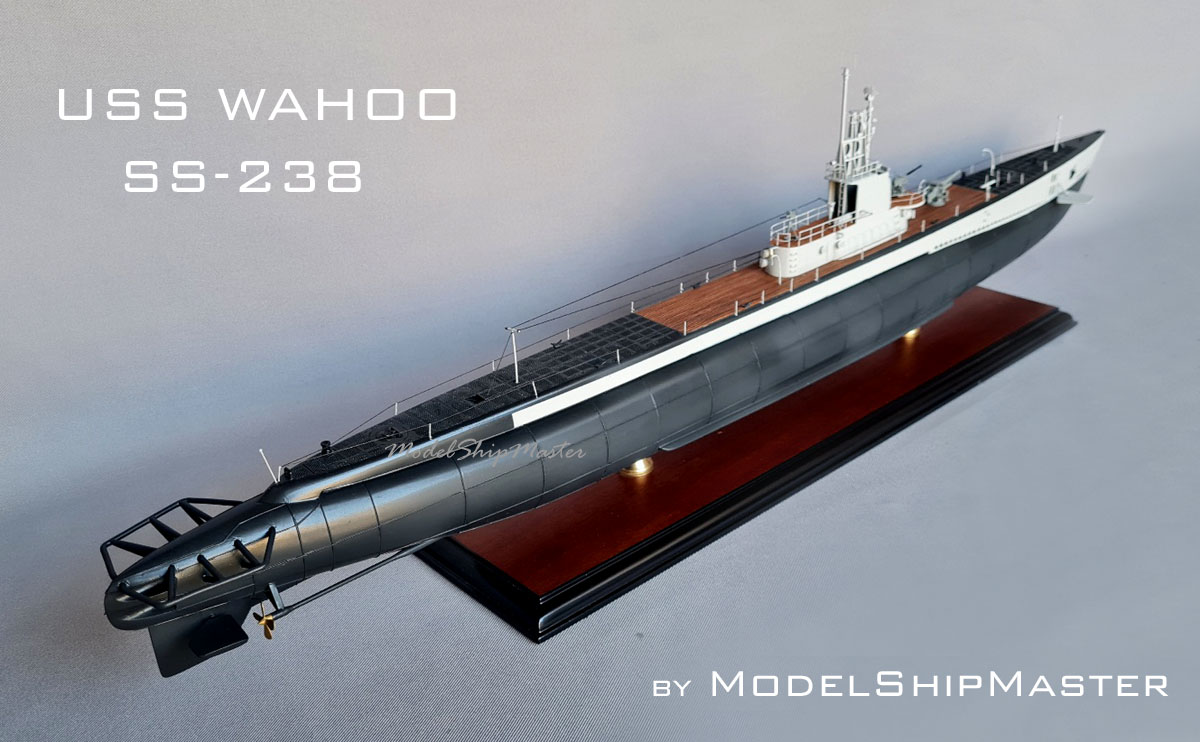
This
primarily wood USS
Wahoo
submarine model is
38" long x 11" tall x
6" wide (1/100 scale)
$2,990
 Shipping and insurance in
the contiguous USA included.
Other places: $400 flat rate. This model is in stock and will be shipped within five
business days. Please note that for safe
shipping, the guns and tall masts are taken off. Gluing
them onto the deck is "piece of cake" and should take
you less than 10 minutes (glue is included in the
shipment.)
Shipping and insurance in
the contiguous USA included.
Other places: $400 flat rate. This model is in stock and will be shipped within five
business days. Please note that for safe
shipping, the guns and tall masts are taken off. Gluing
them onto the deck is "piece of cake" and should take
you less than 10 minutes (glue is included in the
shipment.)
For light
rust, like this
model, the fee is only $500:
$3,490

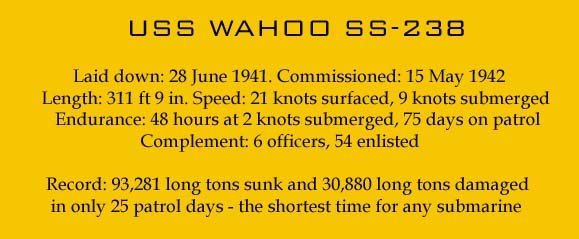
A beautiful brass
plaque will be included.
|
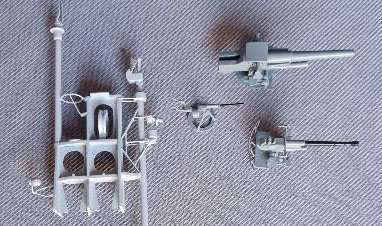
Please note that for safe
shipping, the guns and tall masts are taken off. Gluing
them onto the deck is "piece of cake" and should take
you less than 10 minutes (glue is included in the
shipment.) |
Learn more
about the USS Wahoo submarine here:
https://en.wikipedia.org/wiki/USS_Wahoo_(SS-238)
|